
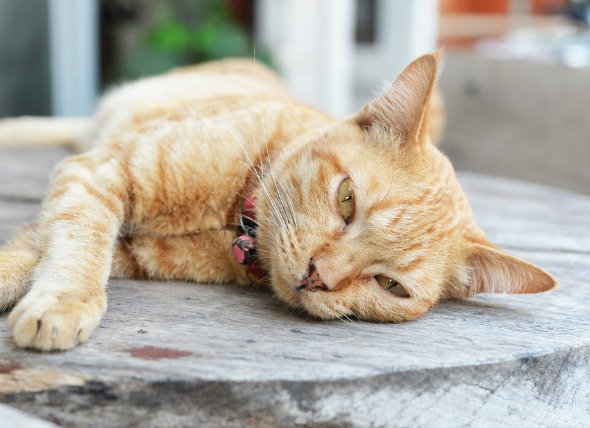
Hepatic lipidosis, known commonly as fatty liver, is one of the most common severe feline liver diseases in cats. The liver's main functions include protein synthesis, the production of chemicals necessary for digestion, and the detoxification of the body. The liver also plays an important role in metabolism, the emulsification of fats, the production of coagulation factors (necessary for blood clotting), and in the decomposition of red blood cells. The liver is of such importance to the body, carrying out so many complex functions, that there is no way to compensate for the loss of the liver when it fails.
Normally, when a body is undernourished or starved, the body automatically moves fat from its reserves to the liver to be converted into lipoproteins for energy. Cat's bodies are not designed to convert large stores of fat, so when a cat is in starvation mode, the fat that is released to the liver is not processed efficiently, resulting in a fatty and low functioning liver. As the fat accumulates in the liver it becomes swollen and turns yellow. Because it is not able to process red blood cells efficiently, the yellow pigment that makes up a portion of the red blood cell is released into the bloodstream, causing a yellowing of the eyes. If not treated promptly, hepatic lipidosis can lead to various complications and eventually death.
Cats have high nutritional requirements for proteins, as they are strictly meat eaters, so that a lack of protein or inability to process proteins will quickly develop into malnutrition. Profound lack of appetite and stress are also related to hormonal disturbances, which can also affect fat metabolism and cause fat mobilization from other parts of the body to the liver – with the same results described here. This condition also frequently occurs in conjunction with illness, periods of stress, changes in diet, diabetes, kidney disease, cancer, aggressive weight loss attempts by owners, and being lost (away from home and meals).
Found worldwide, this primarily affects middle-aged cats.
You will need to give a thorough history of your cat's health, onset of symptoms, and possible incidents that might have preceded this condition. The history you provide may give your veterinarian clues as to which organs are causing secondary symptoms, and what underlying condition might have led to the diseased liver.
Routine laboratory testing will include a complete blood count, biochemistry profile, and urinalysis. Blood tests may reveal red blood cells of abnormal size (poikilocytosis), and destruction of red blood cells (hemolysis). There may also be an increase in the enzyme, alkaline phosphatase (ALP), which can be indicative of liver failure. The biochemistry profile may reveal abnormally high levels of liver enzymes and bilirubin levels, and the urinalysis may also reveal high concentration of bilirubin in the urine. Because the liver plays an important role in blood clotting and abnormalities related to blood coagulation may also be evident in affected cats.
Imaging tools include radiographic and ultrasonography studies for examining the abdomen, which may reveal an increase in the size of the liver, as well as to make a detailed evaluation of the liver's architectures and abnormalities. In order to confirm a diagnosis, your veterinarian will need to take a sample of the liver tissue, either through biopsy or needle aspirate, in order to see the liver cells and related abnormalities, including accumulation of fat droplets in these cells – an affirmation of lipidosis.
In case of severe or advanced disease, your cat may need to be hospitalized for intensive care and treatment. Fluid therapy will be conducted to overcome fluid and electrolyte imbalances. Your veterinarian may give your cat vitamin supplementation including B-complex vitamins, cobalamin, and thiamine. Your cat will be released from the clinic when its condition has stabilized.
The main treatment for this condition is dietary. Your cat's protein needs will need to be met immediately to reverse the state of starvation. If your cat is not willing to eat a sufficient amount of food on its own, you will need to force feed the cat, either by placing the food at a place in its mouth where it is forced to swallow, or through a syringe or tube that is placed further down in the esophagus. This may need to be done for several weeks, until your cat is fully able to eat on its own. You will need to be very careful while placing food in your cat's mouth or esophagus, as you will need to prevent a possible situation where your cat can inhale the food – which can in turn lead to aspiration pneumonia.
The food you feed to your cat will need to be of a specific consistency that is both easy to swallow and simple to digest. A highly nutritious and balanced diet is recommended in affected cats, and your veterinarian will prescribe the appropriate cat food formula for your cat based on its nutritional needs, age and breed. Dietary supplementations including L-carnitine, taurine, and Vitamin E will also be added to the diet plan.
Early diagnosis and treatment are keys to successful management. If your cat has survived the initial few days, the prognosis for a complete recovery is excellent. You must fully comply with your veterinarian's directions regarding treatment, feeding and care of your cat. Obesity is one of the most important risk factors for hepatic lipidosis, therefore follow the dietary guidelines to minimize this risk factor.
If you are feeding your cat through a feeding tube, or by any other forced feeding method, make sure to follow the directions given by your veterinarian regarding feedings, and diet. Your cat may put up a struggle at feeding time, so you may want to set mealtime up so that you have a second person assisting, and so that you are feeding your cat in an areas that will be easy to clean afterward.
As much as possible, avoid any stressful events, and set aside a space in your home where your cat can rest quietly, away from household traffic, active children, and other pets.
Follow-up visits may be required for evaluation of your cat's status during the therapy and recovery period. You will be asked to monitor and track your cat's weight, hydration, and other general health indicators of health in your cat. Consult with your veterinarian if you see any untoward symptoms in your cat.
Recovery is seen in most patients within 3-6 weeks.
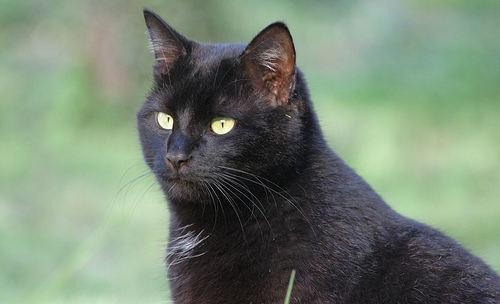 Is there a Cat for People Allergic to Cats?
Is there a Cat for People Allergic to Cats?
Is there a Cat for People Allergic to Cats?
Is there a Cat for People Allergic to Cats?
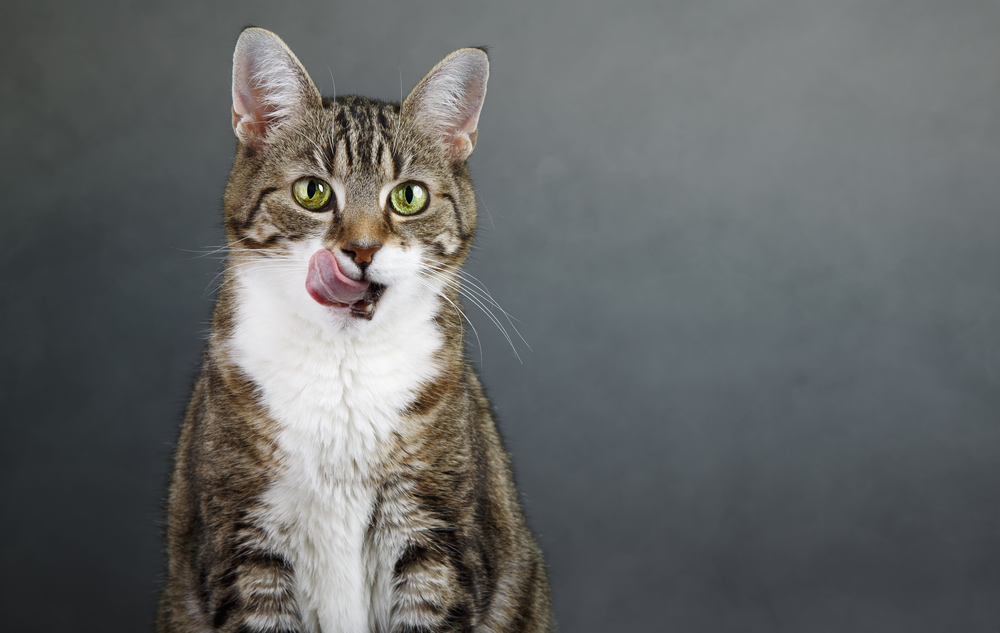 Lead Poisoning in Cats
Lead Toxicity in Cats
Lead poisoning
Lead Poisoning in Cats
Lead Toxicity in Cats
Lead poisoning
 Why Do Cats Spray Indoors?
Why Do Cats Spray Indoors?
Why Do Cats
Why Do Cats Spray Indoors?
Why Do Cats Spray Indoors?
Why Do Cats
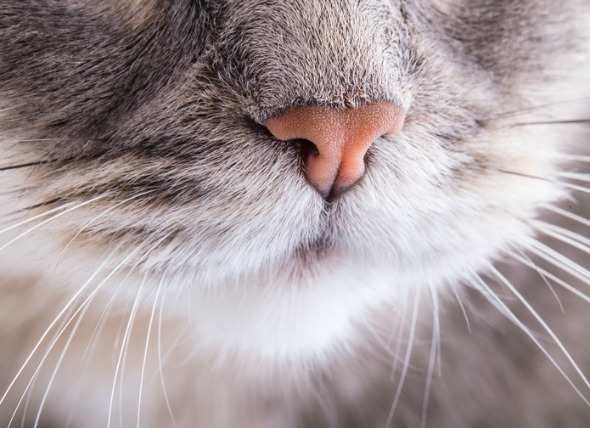 Nose and Sinus Inflammation in Cats
Rhinitis and Sinusitis in Cats
Inflammation of a
Nose and Sinus Inflammation in Cats
Rhinitis and Sinusitis in Cats
Inflammation of a
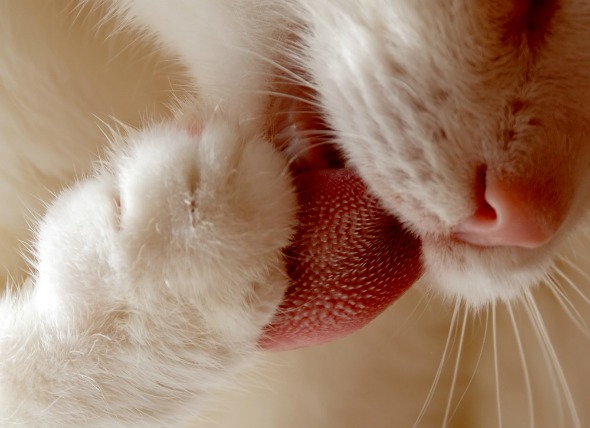 Tongue Cancer (Squamous Cell Carcinoma) in Cats
Lingual Squamous Cell Carcinoma in Cats
A squamou
Tongue Cancer (Squamous Cell Carcinoma) in Cats
Lingual Squamous Cell Carcinoma in Cats
A squamou
Copyright © 2005-2016 Pet Information All Rights Reserved
Contact us: www162date@outlook.com